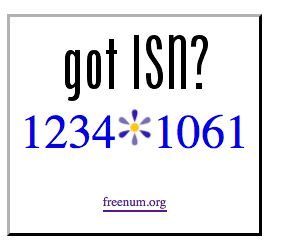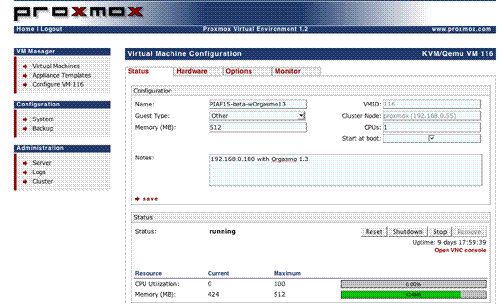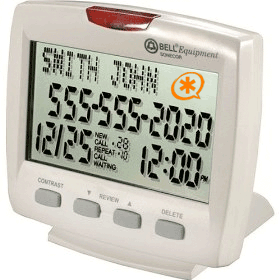Tweet2Dial: Free Google Voice Calling & SMS with Twitter
Today we’ll show you how to build a system to place free phone calls to everyone in the U.S. and Canada using Twitter, your Google Voice account, and either your existing Asterisk server or any Linux server of recent vintage. If you’ve already deployed Google Voice on your Asterisk server, today’s setup takes less than 10 minutes. There’s also a New Year’s bonus for Asterisk administrators: manage your Asterisk server with Twitter using this same application.









 JUST RELEASED: Visit the Incredible PBX Wiki
JUST RELEASED: Visit the Incredible PBX Wiki
